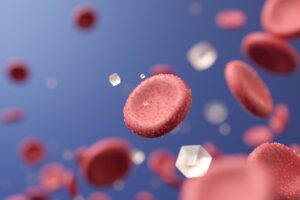It has become a norm for us to wear face masks when we’re in public places as well as constantly washing or sanitising our hands to stem the tide of Covid-19. However, due to the constant use of hand sanitiser and regular hand washing, it can lead to dry and cracked skin along with other symptoms such as itchiness or possibly infection. As a result, you may eventually develop skin conditions like eczema.
Lately, have you been experiencing any of the symptoms above? If yes, then you probably are having finger or hand eczema?
But the real question is, how can you protect your skin while protecting yourself from getting infected by the Coronavirus?
Below are some useful tips that could help you better manage your eczema conditions.
HAND WASHING AND ECZEMA
One of the most useful methods to slow the spread of germs and viruses is through hand washing. As helpful as it may be, one of the most undesired downfalls due to constant hand washing is finger and hand eczema.
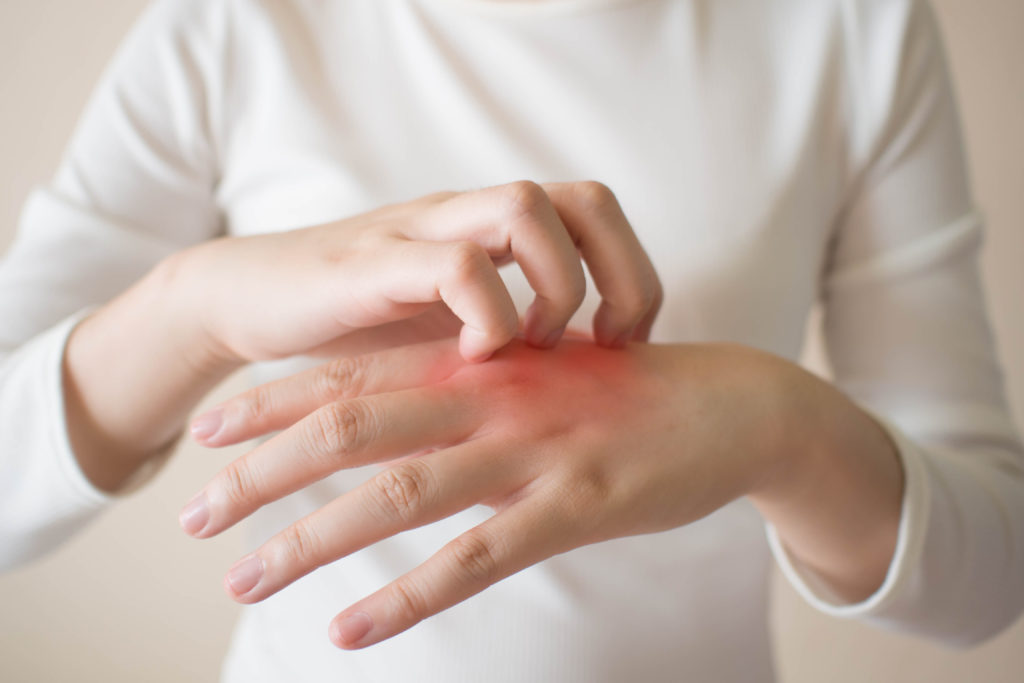
WHAT IS FINGER OR HAND ECZEMA?
Finger or hand eczema, also known as dermatitis is an inflammatory condition with symptoms such as:
- Blisters
- Itchiness
- Dry and cracked skin
- Rashes on the palms and fingers
This condition may develop among individuals particularly with dry and cracked skin. Nonetheless, individuals with healthy skin could also be at risk of developing this skin condition when they overuse soaps and hand sanitisers.
SOAP CHOICES
As a matter of fact, not all hand wash soaps act the same way. Some hand wash soaps may not be suitable for those with dermatitis conditions as they may contain fragrance and other substances that can throw off the pH balance of your skin. Eventually, causing skin irritation.
In the effort to minimise the impact of regular hand washing on your skin, try doing this instead:
- Use a soap-free cleanser.
- Opt for fragrance-free products such as natural moisturisers.
- Use an alcohol-based hand sanitiser instead of washing your hands when there aren’t any visible dirts.
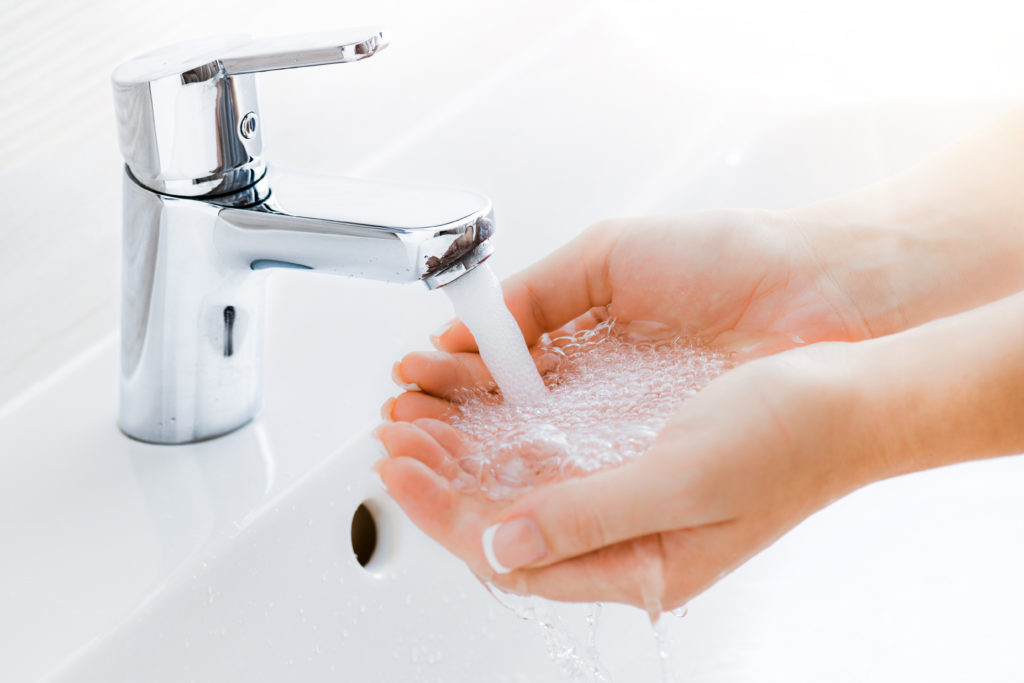
WHAT TO DO AFTER WASHING YOUR HANDS?
In order to keep the eczema at bay and not to mention preventing flare- ups, here’s what you should do after washing your hands with soap:
- Pat dry your hand with a dry towel or tissue.
- Once dry, apply a generous amount of moisturiser or soothing gels that suits your skin onto the surface of your hands and fingers.
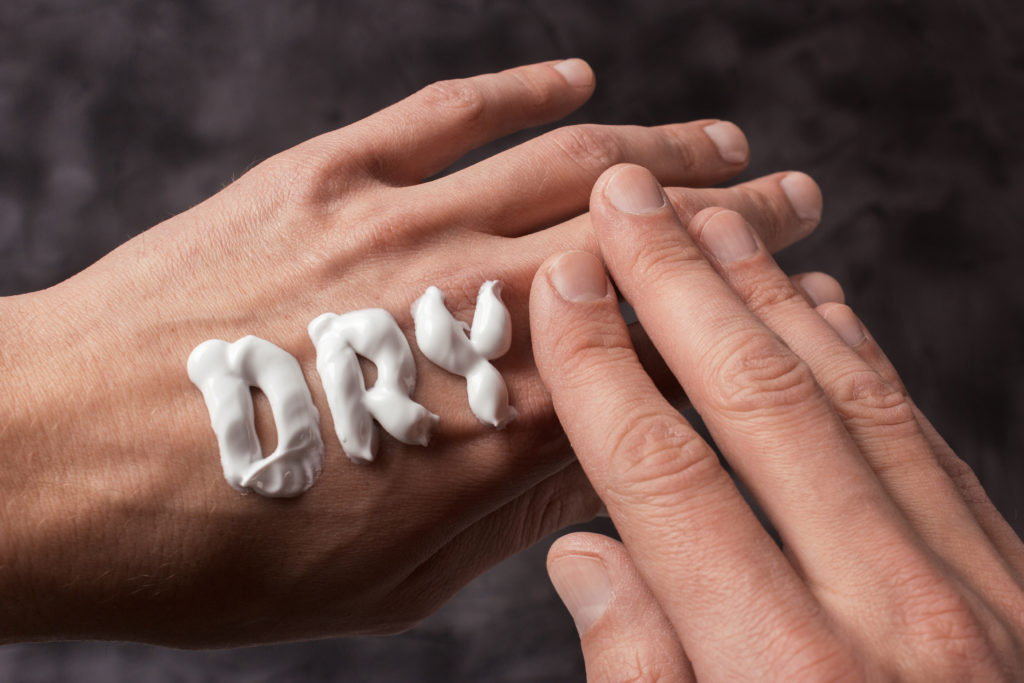
DO THIS IF YOU’RE USING HAND SANITISERS?
Hand sanitisers are often used when you’re in public places and do not have the access to wash your hands with soap. Here’s what you can do to keep your help moisturise:
- Carry a pocket tube moisturiser or a small lotion bottle in your bag when you leave your house. Hence, you can apply them onto your hands after applying hand sanitisers. As a result, this will prevent your skin from drying out from excessive use of hand sanitisers.
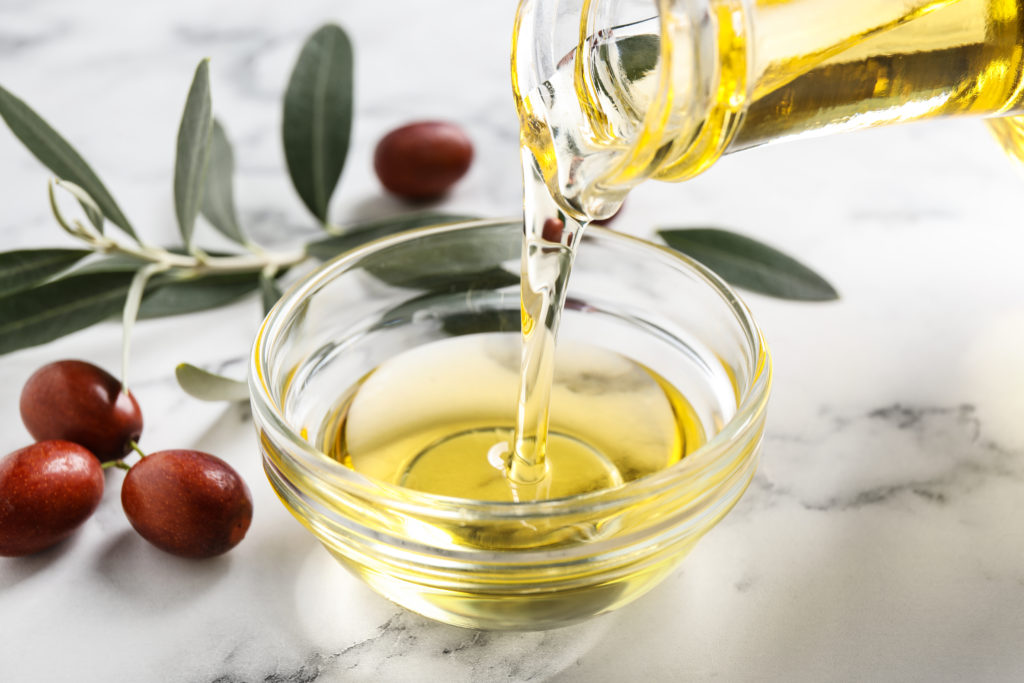
NATURAL MOISTURISER
Moisturising your hands regularly can make a huge difference when it comes to reducing eczema symptoms. According to Anti-Inflammatory and Skin Barrier Repair Effects of Topical Application of Some Plant Oils published in 2018, suggested using a natural, fragrance-free oil as a moisturiser for your hands. A few natural moisturisers you can opt for includes:
- Jojoba oil
- Coconut oil
- Shea butter
- German chamomile oil and more.
As you continuously moisturise your hand, your skin will be grateful to you for adding moisturiser into your skincare routine.
IF IT WORSENS OVER TIME
People who are prone to having hand eczema may occasionally have flare-ups. With the aim of avoiding this issue, continual use of moisturiser is a great way to maintain the skin barrier. Having said that, if regular moisturising isn’t doing much for you, then your next option would be to visit a healthcare professional or the nearest pharmacy for some over-the-counter medication to reduce the inflammation of eczema.
Sources: WebMD, Healthline


